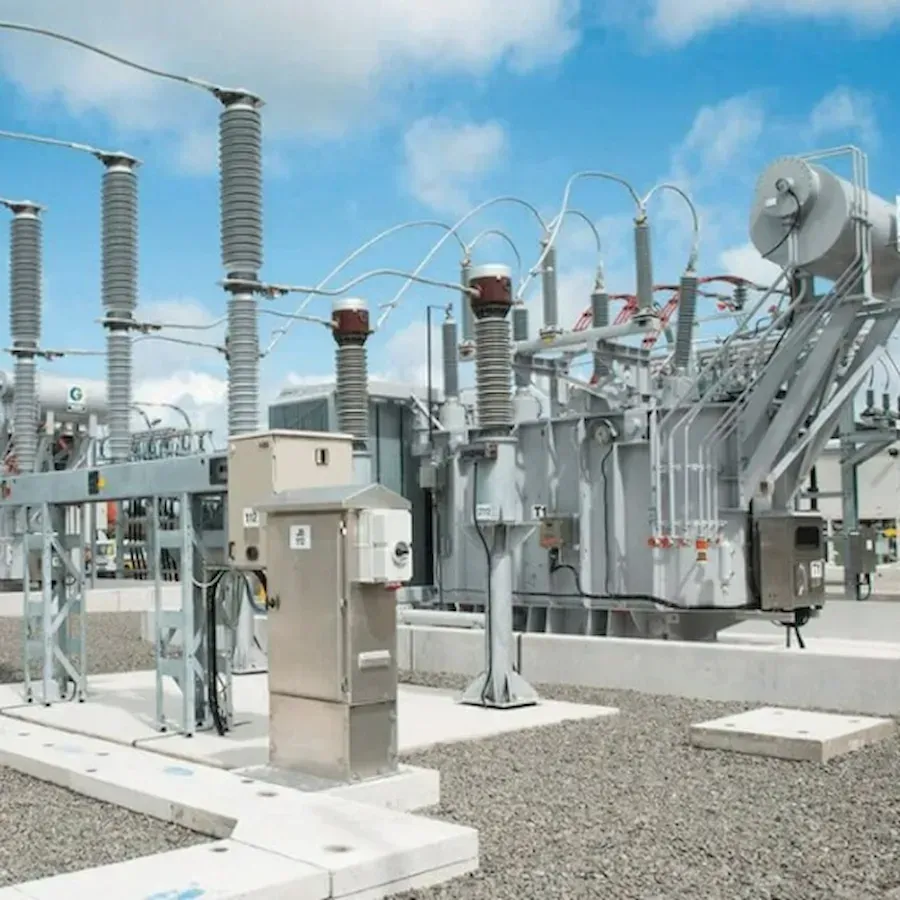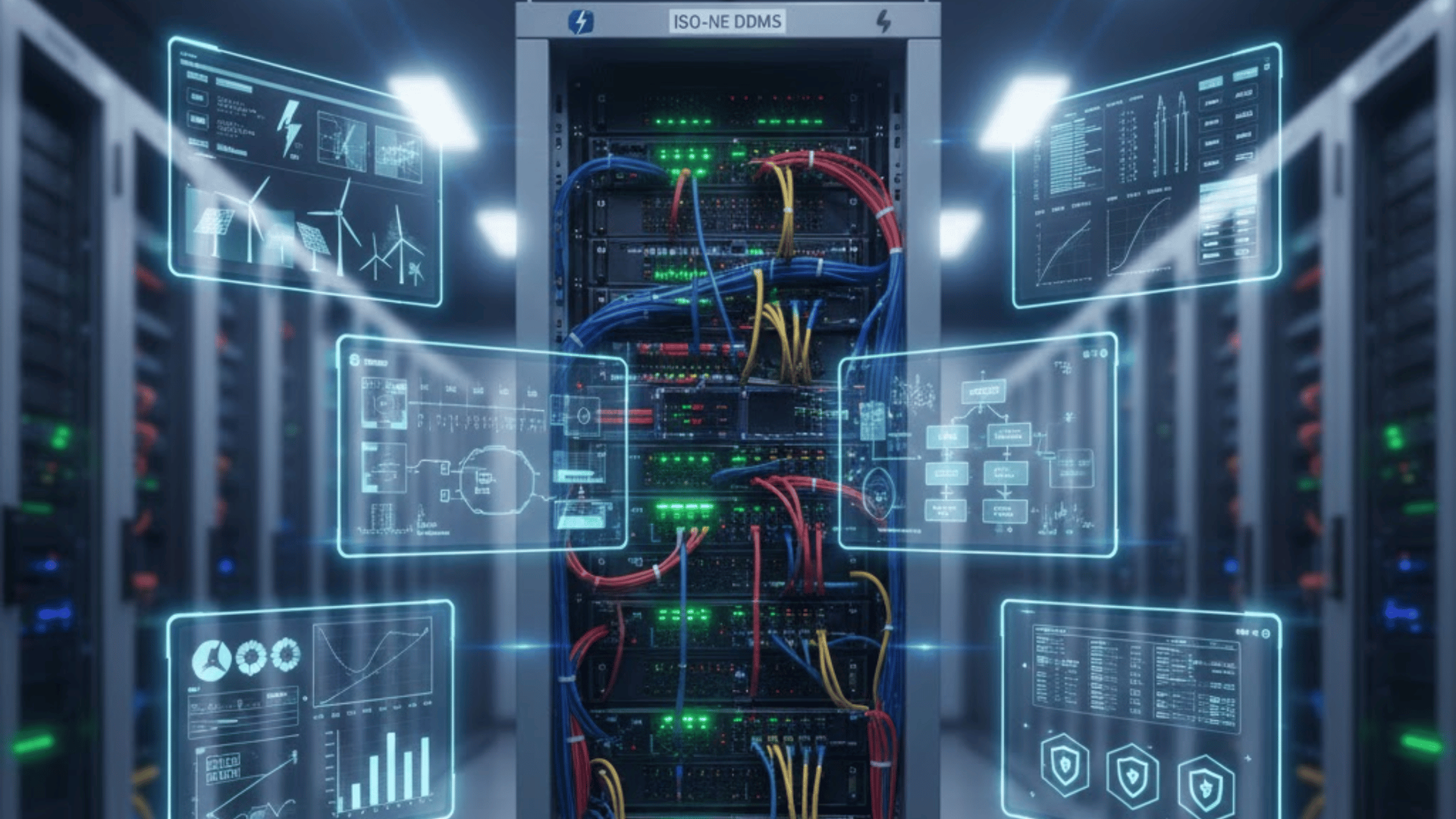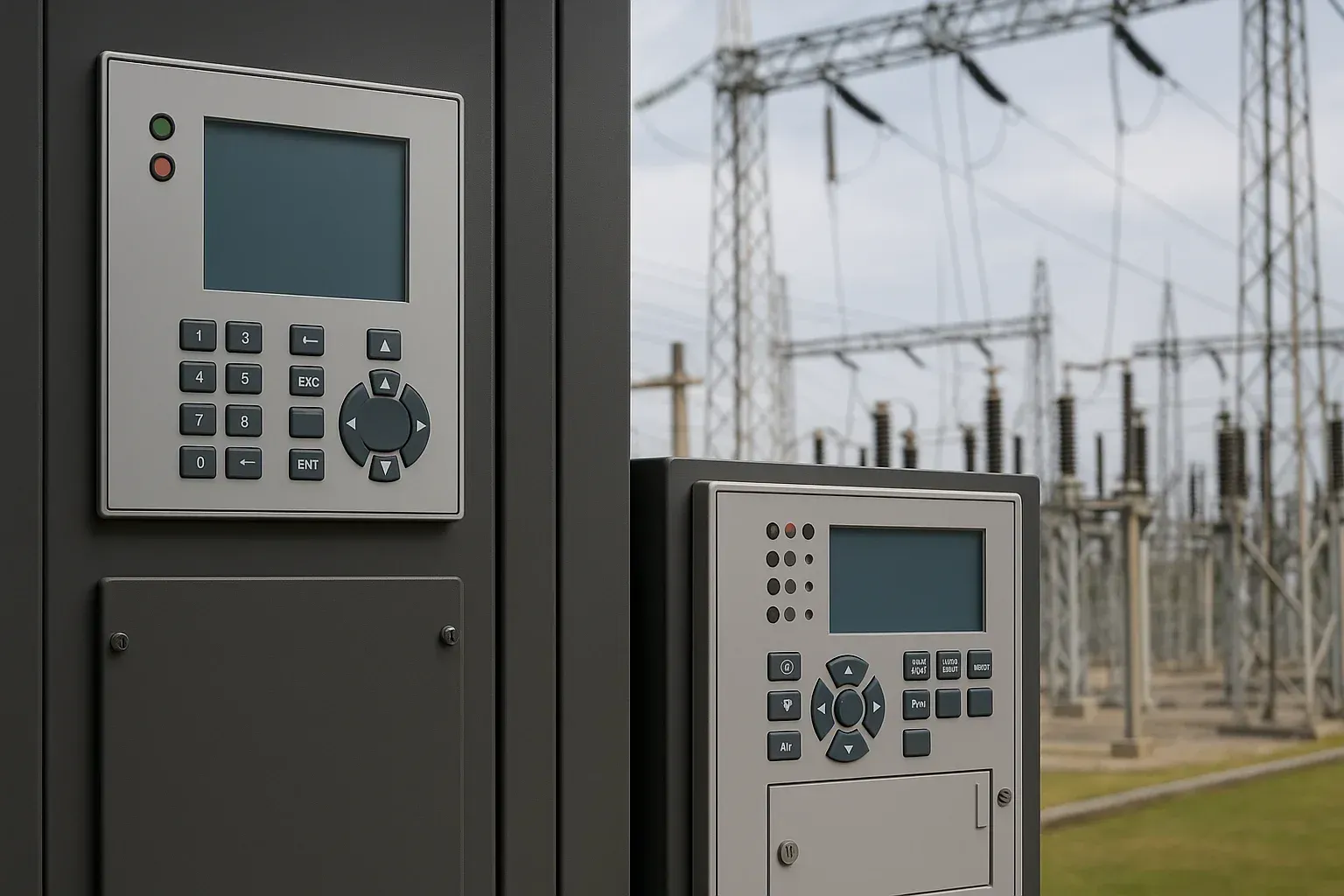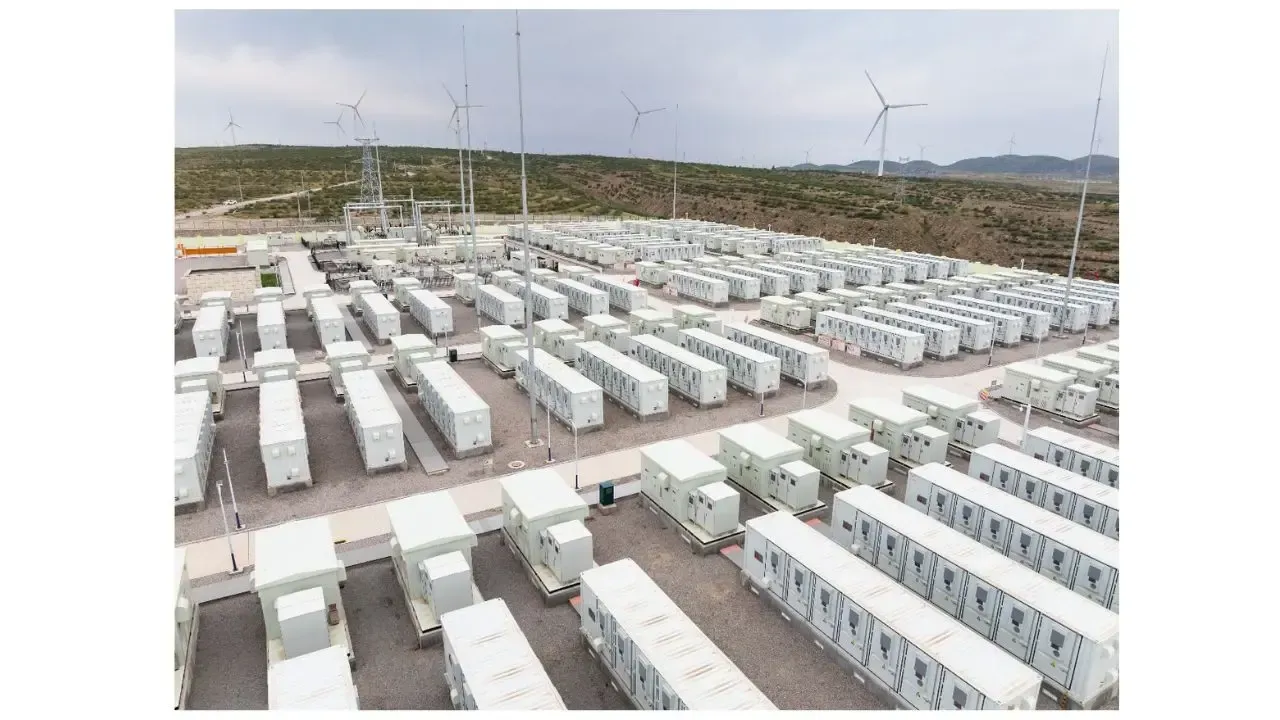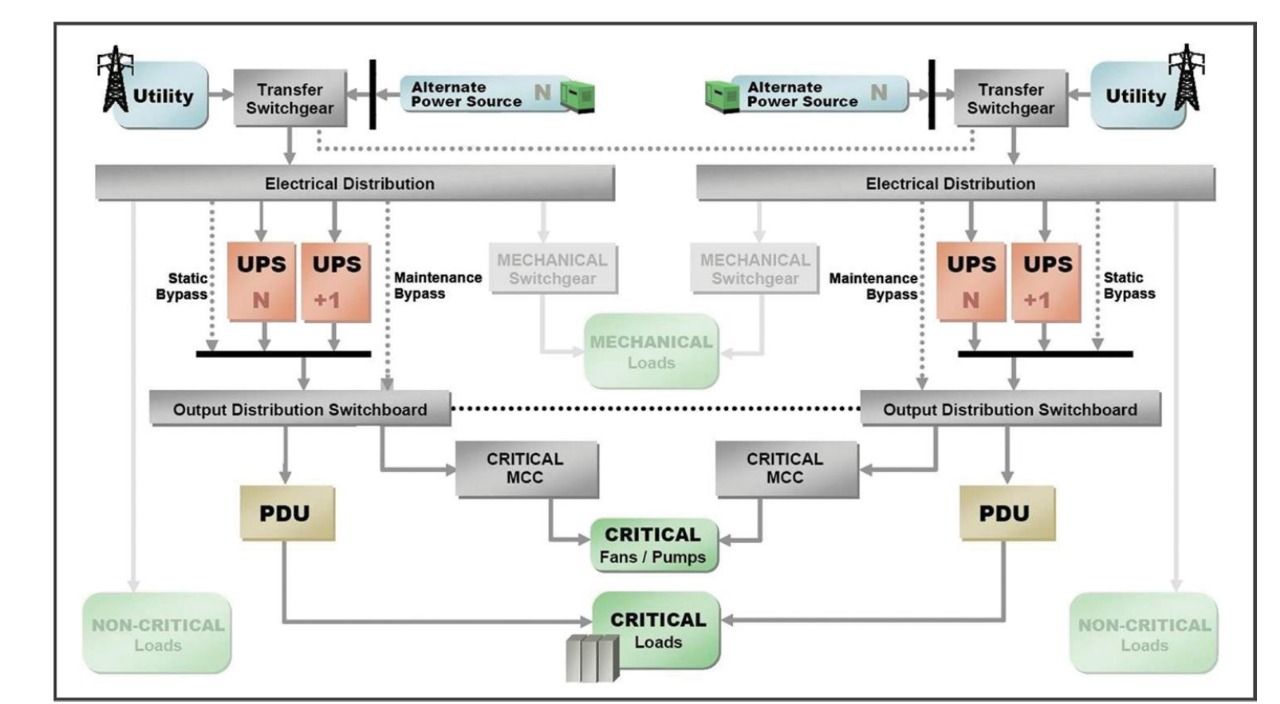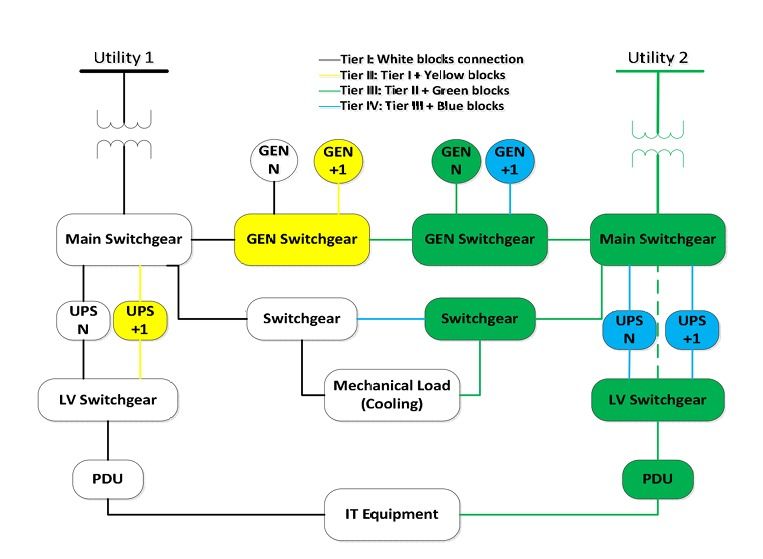A Coordinated Electric System Interconnection Review—the utility’s deep-dive on technical and cost impacts of your project.
The Protection and Control of Utility-Scale Generation and Transformers
June 1, 2023 | Blog
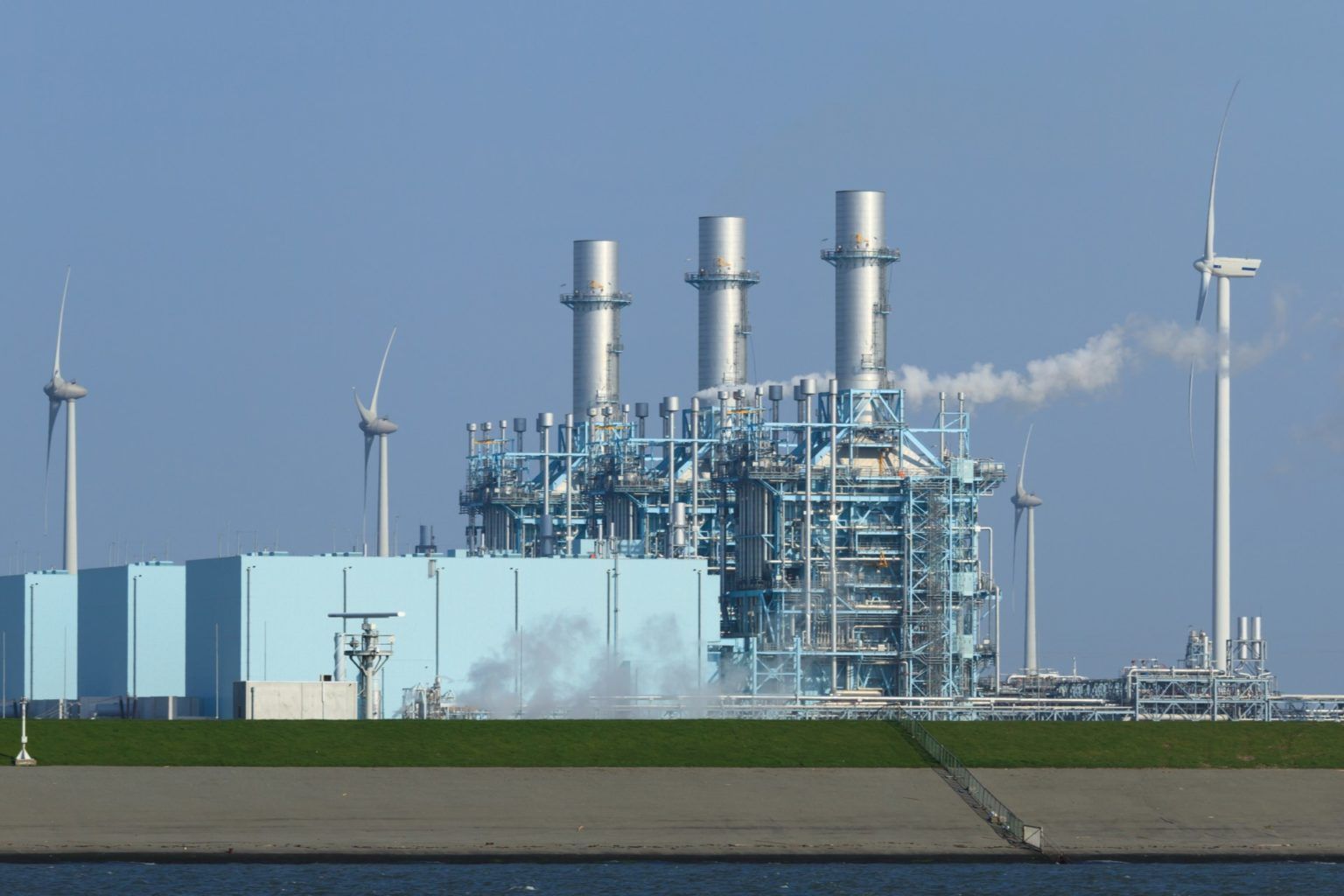
Introduction
The protection and control of utility-scale generation and transformers are fundamental to the stability and security of modern power systems. These components serve as the backbone of energy generation and distribution, and any malfunction can cause cascading failures across the grid.
Whether you're working on a utility-scale switchyard, a wind farm, or a thermal power station, specialized protection schemes are essential to detect and isolate faults quickly—minimizing risk and protecting assets.
Learn how Keentel helps with custom protection schemes: Power System Studies
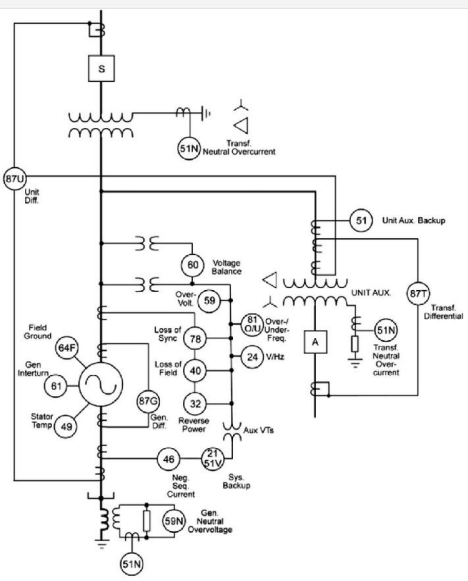
Protection and Control of Utility-Scale Generation
What Is Utility-Scale Generation?
Utility-scale generation refers to power plants that produce electricity in large volumes for grid supply. These include:
- Synchronous generators
- Asynchronous (induction) machines
- Wind turbines and hybrid systems
These generators are exposed to numerous fault scenarios—from lightning strikes to insulation breakdown—which require rapid protection relay action and switchgear coordination.
Generator Protection: Key Components
Generator Protection Relays
Detect overvoltage, undervoltage, overcurrent, undercurrent, loss of field/excitation, and more. These relays form the first line of defense.
Generator Circuit Breaker (GCB)
A high-speed device that disconnects the generator from the grid during faults. It plays a critical role in preventing grid-wide disturbances.
Differential Relays
These monitor differences between input and output currents to detect internal generator faults.
Distance and Directional Relays
Provide backup protection by measuring impedance and direction of power flow to detect abnormal conditions.
Want help modeling your generator protection system? Explore our Owner's Engineer Services
Protection and Control of Power Transformers
Why Transformer Protection Is Critical
Power transformers transfer energy between voltage levels, typically from generator voltage to grid-level voltage. Due to their critical role, transformer faults can have severe impacts on the reliability and stability of the grid.
Transformer Protection Devices
Transformer Protection Relays
These protect against overcurrent, undervoltage, temperature rise, and other abnormal conditions.
Differential Relays
Detect
internal winding faults and isolate the affected section before damage escalates.
Overvoltage and Frequency Relays
Prevent damage due to surges or abnormal grid frequency by disconnecting the transformer during unsafe events.
Temperature Monitors
Overheating is a common failure mode. Integrated temperature sensing with relays can trigger alarms or shutdowns.
Related: Substation Design Services
Common Protection Schemes
| Scheme Type | Function |
|---|---|
| Differential Protection | Detects internal faults by comparing current |
| Distance Protection | Measures impedance to detect line faults |
| Restricted Earth Fault (REF) | Detects ground faults within protected zones |
| Overcurrent Protection | Trips under excessive current conditions |
| Breaker Failure Scheme | Ensures backup isolation if breaker fails |
These protection systems are designed to localize the impact of a fault and prevent escalation to other parts of the generation switchyard or grid.
Conclusion
The protection and control systems for utility-scale generation and transformers are not optional—they are mandatory safeguards that prevent system failures and protect life, equipment, and grid stability.
Every component, from a generator relay to a transformer differential scheme, is part of a coordinated response plan to detect, isolate, and report faults. With proper engineering, these systems support NERC PRC compliance, long-term asset performance, and operational resilience.
Why Choose Keentel Engineering?
At Keentel, we specialize in the design, analysis, and implementation of protection systems for utility-scale facilities. Our team helps you meet:
- IEEE and NESC standards
- NERC/FERC compliance requirements
- Relay setting and coordination studies
- Generator and transformer commissioning
Contact us for end-to-end protection engineering: Contact Page

About the Author:
Sonny Patel P.E. EC
IEEE Senior Member
In 1995, Sandip (Sonny) R. Patel earned his Electrical Engineering degree from the University of Illinois, specializing in Electrical Engineering . But degrees don’t build legacies—action does. For three decades, he’s been shaping the future of engineering, not just as a licensed Professional Engineer across multiple states (Florida, California, New York, West Virginia, and Minnesota), but as a doer. A builder. A leader. Not just an engineer. A Licensed Electrical Contractor in Florida with an Unlimited EC license. Not just an executive. The founder and CEO of KEENTEL LLC—where expertise meets execution. Three decades. Multiple states. Endless impact.
Services

Let's Discuss Your Project
Let's book a call to discuss your electrical engineering project that we can help you with.

About the Author:
Sonny Patel P.E. EC
IEEE Senior Member
In 1995, Sandip (Sonny) R. Patel earned his Electrical Engineering degree from the University of Illinois, specializing in Electrical Engineering . But degrees don’t build legacies—action does. For three decades, he’s been shaping the future of engineering, not just as a licensed Professional Engineer across multiple states (Florida, California, New York, West Virginia, and Minnesota), but as a doer. A builder. A leader. Not just an engineer. A Licensed Electrical Contractor in Florida with an Unlimited EC license. Not just an executive. The founder and CEO of KEENTEL LLC—where expertise meets execution. Three decades. Multiple states. Endless impact.
Leave a Comment
We will get back to you as soon as possible.
Please try again later.
Related Posts


